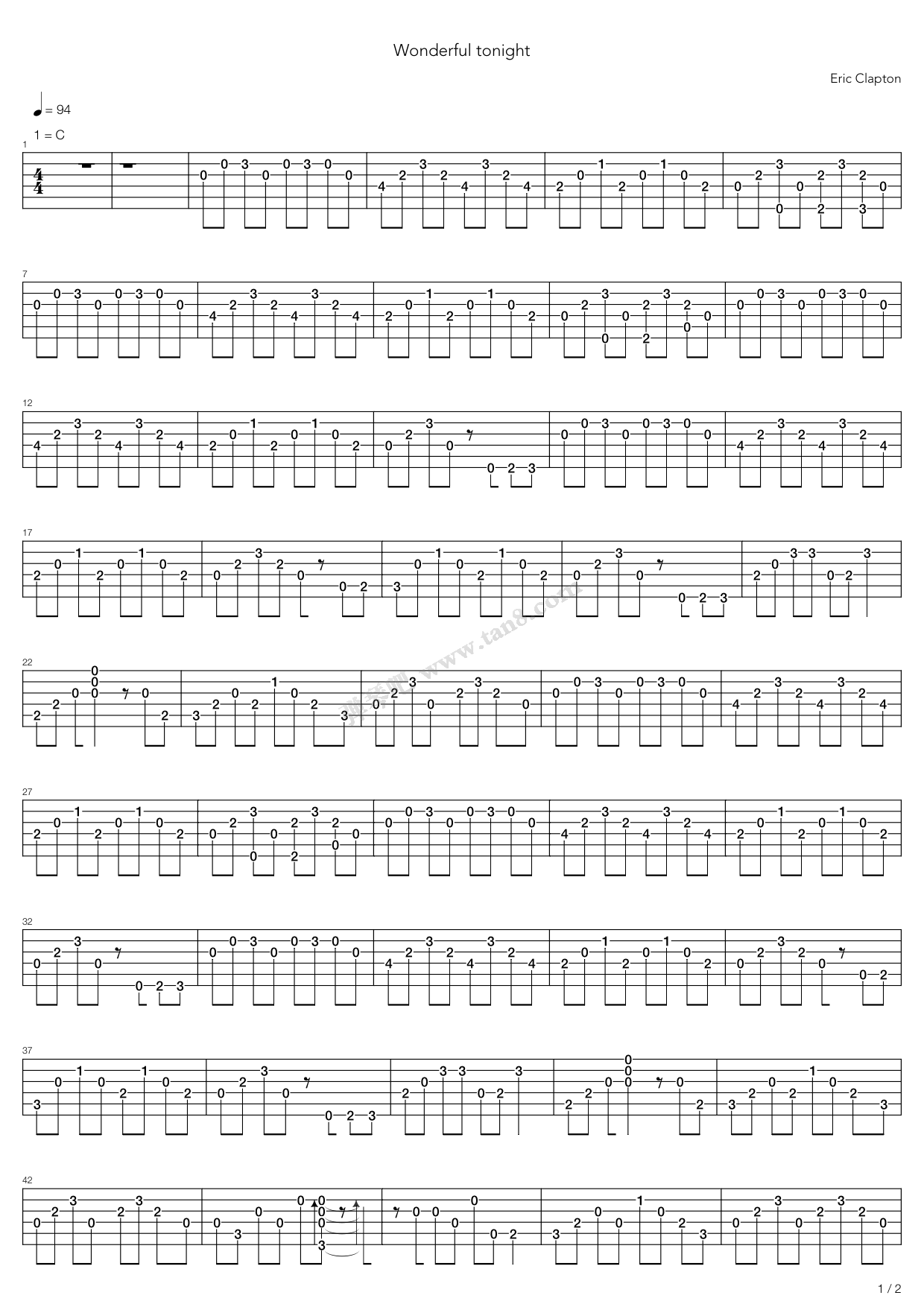

It’s impossible to play a rhythm without hearing what it should sound like in your head. It makes them lose the connection with their natural sense of rhythm. Now, while it’s important to get this right, many players get a little caught up in the mechanics of when your strumming hand needs to go up or down. Strumming patterns involve strumming down and strumming up. Here's a three step plan! How to Learn a New Strum Pattern Step 1: Say it before you play it

So, how exactly would we get rhythm like this into our system? Next, let’s take the simplest strum rhythm possible as an example.Īs you can see, we need to strum on each beat. This approach will make the downstrums sound a bit heaver and give your upstrums a bit of a lighter sound. Then on the upstrum, hit only the highest (thinnest) three or four strings. So which strings should you be hitting? A good rule of thumb is to hit either all of the strings or just the lower (thicker) strings on every downstrum.

You might think we need to hit all the notes in a chord with every strum, but very often we hit just three or four strings. Don’t hit all the strings with every strum As you progress, try thicker picks too though, as they’ll give you a bit more control over your sound. If you’re not used to playing with a pick, it can really help to practice with a thin pick that’s nice and bendy. By holding your pick with a light grip, you allow it to glide over the strings easily. Also: it’s really hard to keep your wrist nice and loose when your gripping your pick tightly. But by gripping it too tight, you make it hard for the pick to move past the strings smoothly and it might get caught up in there somewhere. It’s totally normal to want to hold on to the pick tightly, because you don’t want it to move and you don’t want to drop it. You might be tempted to make the up and down movement with your lower part of your arm (your forearm), but though your lower arm will be moving up and down a little bit as well, that’s only a small part of the movement. (Funk guitarist Ross Bolton calls this a ‘drunken wrist’. Most of the movement will come from rotating your lower arm (you could also say: twisting your wrist) and letting your hand and wrist hang loose and follow that motion. Make sure you're not locking your wrist: you need to keep it nice and loose. We’ll take a closer look at how this works later in this guide. Constantly moving your hand also makes it much easier to keep time. By doing this, you don’t have to think about when you need to move your strumming hand: it’s moving all the time. Keep your strumming hand moving at all times, even when you’re not hitting any strings for a couple of beats.


 0 kommentar(er)
0 kommentar(er)
